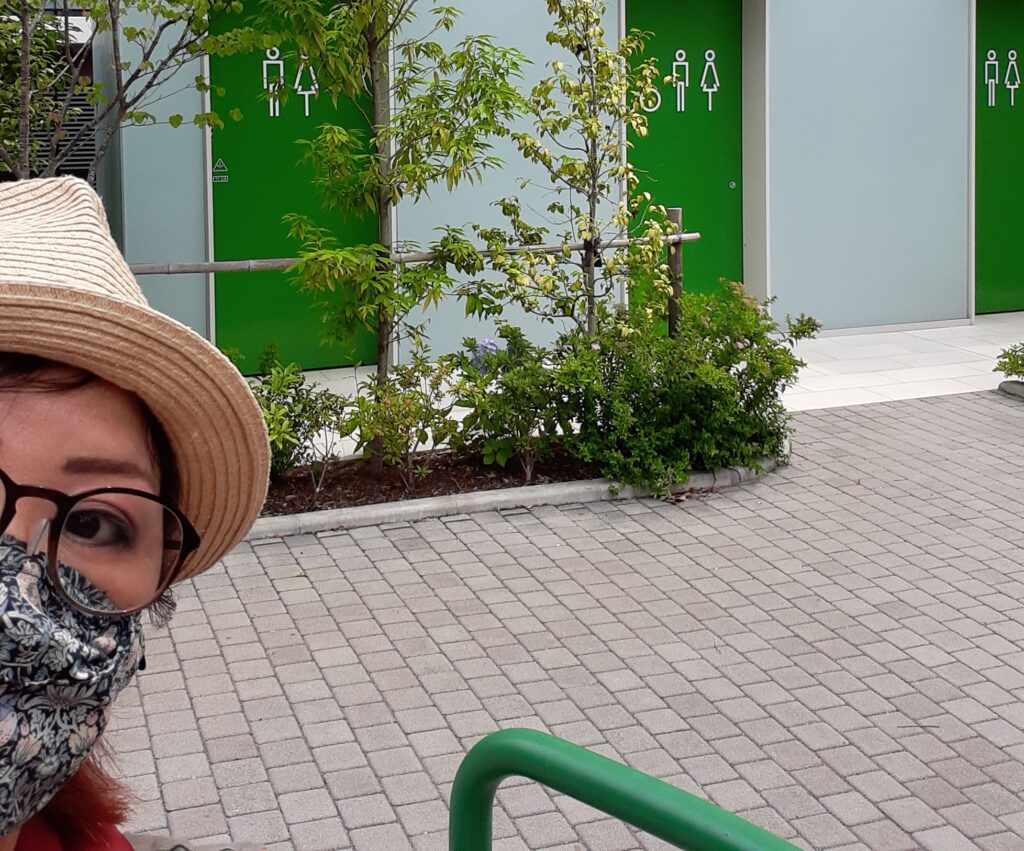
Japan is a faraway country, and it is somewhat mysterious for many Canadians. Oftentimes Canadian (or western) planners seem to dismiss Japan as too different from their own experience, and therefore, think that many planning endeavors are not easily comparable or relevant. Consequently, we may miss opportunities to explore what is happening in Japan as a source of inspiration for solutions to planning problems, or co-develop strategies that work for both contexts.
This perspective is understandable. Most cities in Japan are ultra-compact, with people living on top of each other in tiny spaces in a way that is unfathomable for many Canadians who are used to having a lot of space inside and outside of their homes. Some design solutions that are seen in Japanese cities may not be preferred by Canadians—e.g., building tiny-footprint high-rise apartments right next to busy train lines to enhance densification and infrastructure efficiency may never get through municipal council meetings. The natural resources used to support the lifestyle of ultimate convenience and comfort in Japan—heated toilet seats, rental office cubicles in train stations, or AI operated cash registers that scan your purchases all at once—seem unnecessary or even wasteful to Canadians.
A starker difference is the population size and density. The sheer number of people versus the size of the land in Japan makes development cost-efficient in a way that is not possible in sparsely populated Canadian cities. The return of investment is a near guarantee with high margins—whatever expensive infrastructure they build, people will use it and gladly pay the fees if required. Canadian cities—with some exception of large cities like Toronto, Vancouver, and Montreal—the tax dollars can stretch only so far to make expensive investments for something new and innovative. The number of users may not be sufficient to glean substantial profit. Yes, Canada and Japan are different in many ways.
As a Japanese-born scholar who has lived in North America for the last 30 years, I notice that the field of planning has missed out a lot by not sufficiently learning from one culture to another that are seemingly very different. The social relationships in which modern day (or post-post-modern day) planning issues take place in different parts of the worlds are, indeed, quite different. But people are people are people, really. The day-to-day challenges in navigating social and (often) political relations, tackling the pandemic of isolation and mental health problems, and creating solutions for aging populations for our sustainable future are, at a fundamental level, very much the same. There is a thing or two that Canadian planners can ponder through a quick peak of a place like Japan.
I will be writing blog posts to showcase some things I found on my trip.
